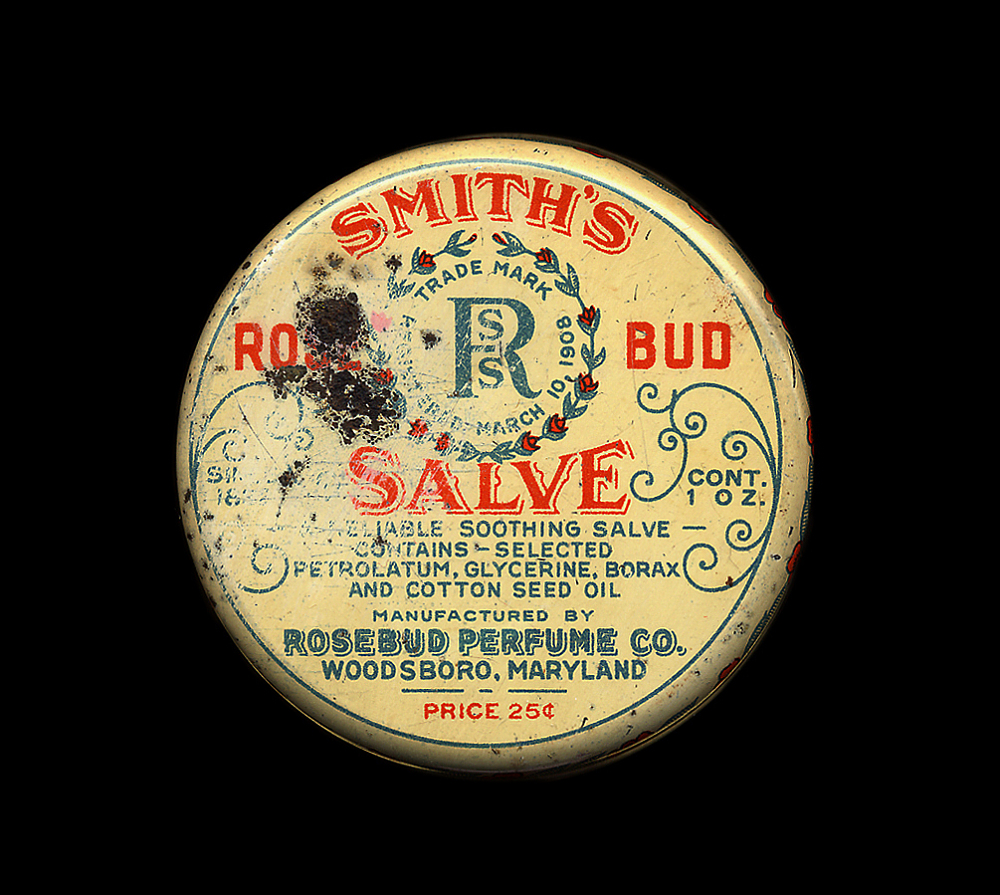As COVID-19 deaths spiked in 2020, Suzanne Firstenberg’s public art installation "In America: How could this happen…"
History Explorer Results (1131)
Related Books (0)

Grade Range:
K-12
Resource Type(s):
Artifacts, Primary Sources
Date Posted:
4/16/2009
This photograph of a blue ash tree is one of forty-nine framed black and white photographic prints bequeathed to the Smithsonian by William F. Bucher of Washington, D.C. The collection represents a labor of love for Bucher, a cabinetmaker, who framed each photograph in wood of the same species as

Grade Range:
K-12
Resource Type(s):
Artifacts, Primary Sources
Date Posted:
11/4/2008
This is a patent model of a sewing machine invented by John Bachelder of Boston, Mass., who was issued Patent No. 6439 on May 8, 1849. In his patent specification he claims "As my invention or improvement in the sewing machine is the combination, with the endless cloth-holder, of the curved bar o

Grade Range:
K-12
Resource Type(s):
Artifacts, Primary Sources
Date Posted:
5/3/2012
This apparatus was designed by Catherine Stern, a physicist by training and the founder of a Montessori school in her native Germany. Stern and her husband were of Jewish descent, and emigrated to New York City in 1938 to avoid persecution by the Nazis. There she developed these materials, descri

Grade Range:
K-12
Resource Type(s):
Artifacts
Date Posted:
4/7/2016
In 1851 Isaac Merritt Singer formed the I.M. Singer & Company (later the Singer Sewing Machine Company) after inventing his own sewing machine to remedy a flaw he noticed with traditional models.
This Singer 24 chain stitch sewing machine was manufactured in 1910, and used in t

Grade Range:
K-12
Resource Type(s):
Artifacts
Date Posted:
12/30/2020
A New Havel Motor brand pocket watch with black faceplate and radium painted numbers and clock hands. The watch case is made of plated metal and has a ridged winding mechanism at the top. "New Haven Motor" and "Radium" are printed in white lettering on the watch face.In the 1910s–1920s, radium was

Grade Range:
K-12
Resource Type(s):
Artifacts
Date Posted:
1/2/2022
The indications or uses for this product as provided by the manufacturer are:
A valuable preparation for chapped lips, face and hands; minor burns and scalds; bites and stings of non-poisonous insects and all other conditions for which a soothing salve is useful.
Learn more about the artifact!

Grade Range:
K-12
Resource Type(s):
Artifacts, Primary Sources
Date Posted:
3/10/2015
This bus carried rural children to the Martinsburg, Indiana school in the 1940s. Busing enabled children to attend consolidated schools, which were larger than one-room schools and had better curricula, teachers, and facilities. All-steel school buses like this one were safer than earlier school

Grade Range:
K-12
Resource Type(s):
Artifacts, Primary Sources
Date Posted:
9/3/2008
In January 1917, members of the National Woman's Party (NWP) became the first people to picket the White House. Protesting the government's failure to pass a constitutional amendment enfranchising women, NWP members, led by Alice Paul, began picketing the White House. Their purple, white, and gol

Grade Range:
K-12
Resource Type(s):
Artifacts, Primary Sources
Date Posted:
3/10/2009
Believed to be the first photographic portrait made in the United States, this portrait of Dorothy Catherine Draper was originally taken by her brother Dr. John W. Draper (1811-1882) in his Washington Square studio at the New York University in 1839 or 1840, within the first year of Louis Jacques

Grade Range:
K-12
Resource Type(s):
Artifacts, Primary Sources
Date Posted:
11/6/2008
Before the famous California gold rush, several important strikes were made in the East: in North Carolina, South Carolina, and Georgia. The earliest took place in Mecklenburg County, N.C., in 1799, where a nugget weighing several pounds was discovered. Its finder used it as a doorstop until some









